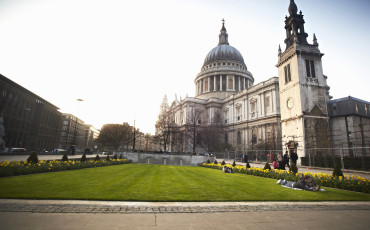Search Results
Blog Posts
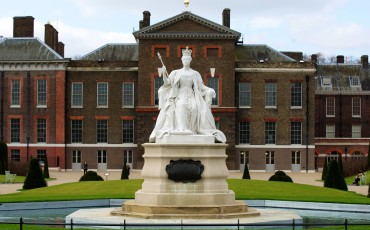
History of Kensington Palace: from Jacobean Mansion to Royal Residence
Kensington Palace, nestled at the western edge of leafy Kensington Gardens, has been a royal home since 1689. Today, it is the London base of the Prince and Princess of Wales and the nerve centre of their operations. It is also home to the Dukes of Kent and Gloucester and Princess Michael of Kent.
Read more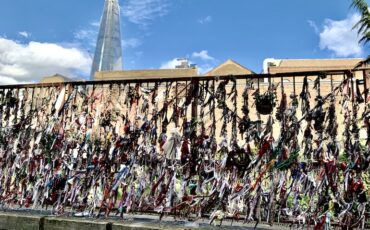
Queer Bankside: A History
The once-marshy neighbourhood of Bankside was previously a military garrison within the City of London limits. Museum of London archaeologists discovered Roman warehouses here during the development of the Jubilee Line. The Norsemen were here too. King Alfred’s battling with the Vikings gives us the nursery rhyme ‘London Bridge is falling down.’
Read more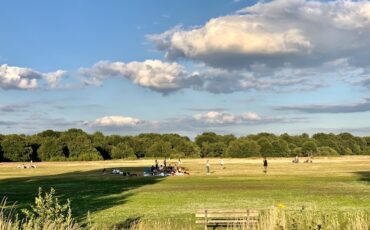
The Wonders of London’s Wimbledon Common
London is a series of villages and we Londoners are all villagers at heart, fiercely proud of our own corner of the city. I live in urban Islington but was born in leafy Wimbledon on the other side of London. Wimbledon Common was a frequent destination in my youth - for childhood rambles, winter snowballing, and teenage high-jinx. So, on the 150th anniversary of the Wimbledon Common’s 1871 creation, I re-visited this much-loved green space finding it much as I’d always remembered.
Read more
Spotlight on Shoreditch, A Central London Locale
Shoreditch is one of Central London’s most surprising neighborhoods as it is where the world of high-finance and tech meets the East End. It is a great neighbourhood to unearth little corners of secret and lost London via a walking tour with a Blue Badge Tourist Guide.
Read more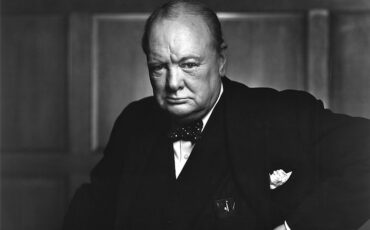
Winston Churchill Style - 7 Fashion Secrets Of The Churchill War Rooms
Deep under Whitehall – the home of the United Kingdom’s major government departments – is a secret lair to rival anything created by a James Bond baddie intent on world domination. The Churchill War Rooms were constructed secretly as the bomb-proof centre of wartime government. Churchill was initially reluctant to go underground but he fought fascism here from 1939 to victory in 1945. With him was his wartime coalition ‘cabinet of all the talents’, his senior chiefs and advisors - and a small army of military and civilian staff, all engaged in top-secret work.
Read more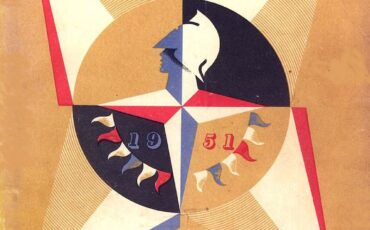
70th Anniversary Of The Festival Of Britain in London
Let me take you back to the Britain of 1951. The Second World War had ended just six years earlier. London, like many other British cities, had been bombed relentlessly and still bore the scars of the Blitz. Surviving buildings were covered in layers of dark sooty dust and rationing was still the order of the day and, for fresh meat, remained in place until 1954.
Read more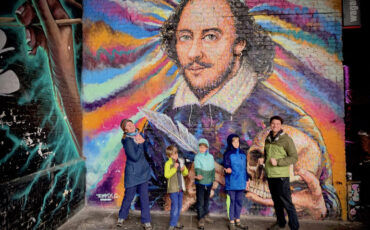
Pictures On Walls: Enjoying Street Art In London’s Lockdown
This has been an unbelievable year like no other. It has challenged all of us in so many ways. We’ve tried hard to ensure that life goes on, enjoying some of the simpler pleasures, like art and nature. But this has been a tricky time for art lovers and museum-goers around the globe. The United Kingdom is currently in a month-long lockdown, and the capital’s leading art galleries like Tate Britain and the National Gallery will close until early December.
Read more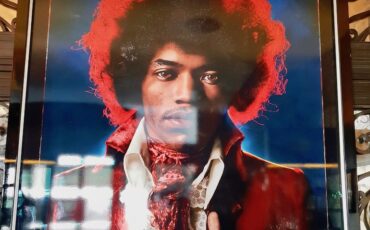
At Home With Jimi Hendrix - Exploring The London Lodgings Of A Rock And Roll Icon
Fifty years ago this month, we lost one of the greatest musicians of all time. Jimi Hendrix died in Notting Hill, on 18 September 1970. Johnny Allen Hendrix was born on 27 November 1942 in Seattle. He became “Jimi” only later. He had a diverse lineage with African-American and Native American roots. His grandmother Nora was said to be one-quarter Cherokee. Early 20th-century photos reveal her fine features, which bear a striking resemblance to those of her grandson.
Read more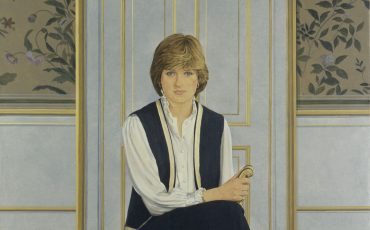
Princess Diana In London
Lady Diana Spencer, who would have turned 59 this summer, made a huge impact on British life. She helped modernise the monarchy, and her death in 1997 shocked the institution to its core. Diana also made history in other ways: She was the first woman of English birth to marry the heir to the throne in 300 years, and the first royal bride to have had a job. Here we take a look around some of the sites in London with connections to the late princess.
Read more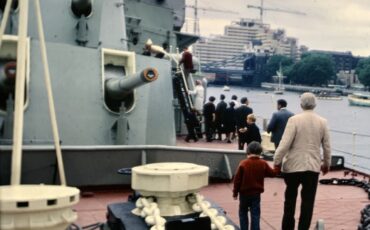
Three Ships In London To Visit
London is a port city, and Britain became great because of its navy and ability to trade across the globe. The capital’s wealth is built upon that sea trade. There are reminders of London's maritime history everywhere. In Trafalgar Square, we commemorate the 1805 victory (and the death) of Admiral Lord Nelson at the Battle of Trafalgar. At Tower Hill, we remember the 36,000 merchant mariners lost at sea with no known grave. And the Museum of London Docklands examines the triangular trade in goods, sugar and slaves, upon which so much of the city’s wealth was built.
Read more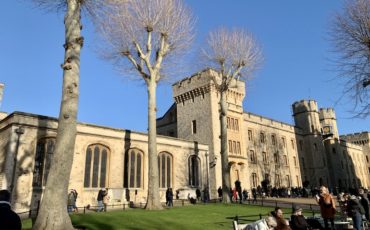
Six Towers Inside the Tower of London
The Tower of London, the capital’s most popular tourist attraction has been a palace, fortress, prison, mint, armoury, jewel house and home to both Beefeaters and ravens. When it was built in the 11th century by Norman invaders from France, the Tower of London resembled little more than a wooden shed on a hill surrounded by a garden fence. But over the following centuries, the castle grew and grew, so that the complex that we call the Tower of London is in fact made up of 21 different towers. Here are some fascinating stories behind a few of them.
Read more


